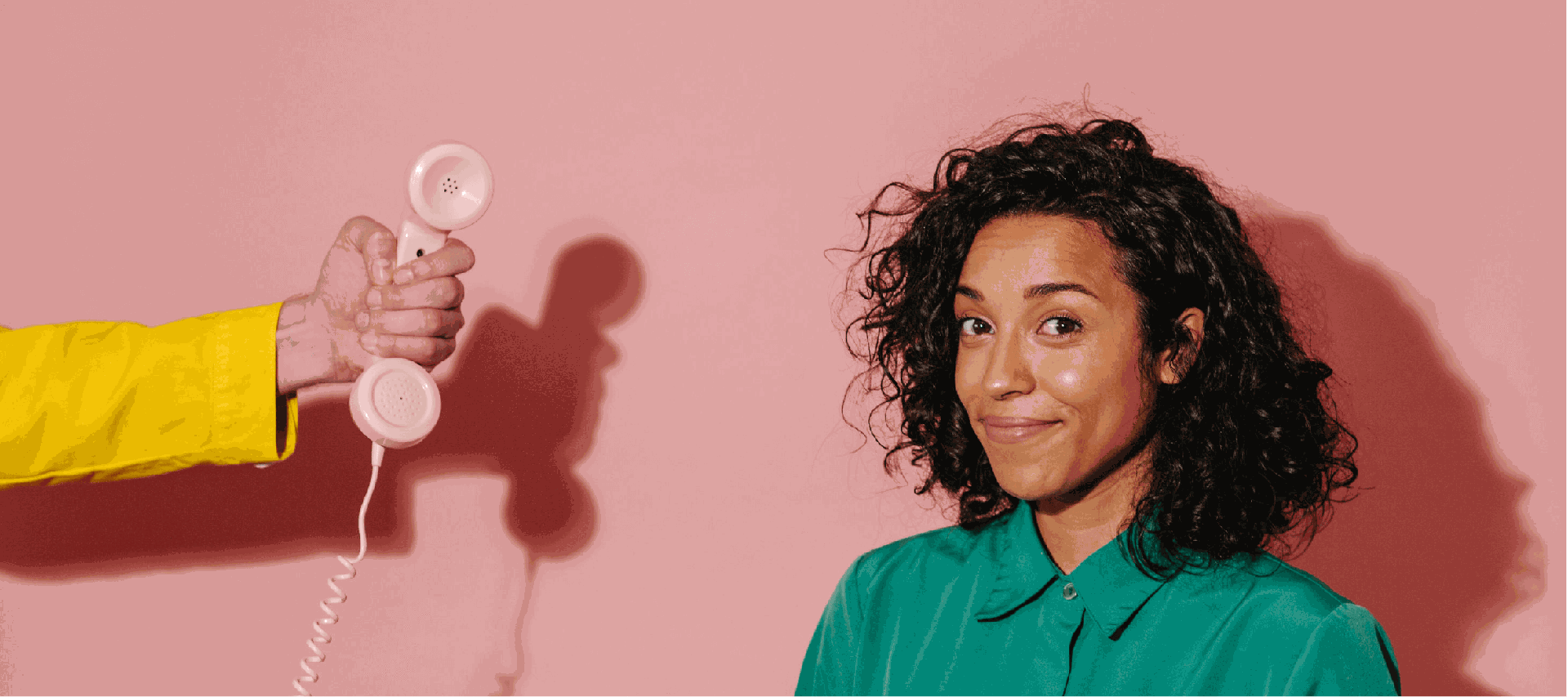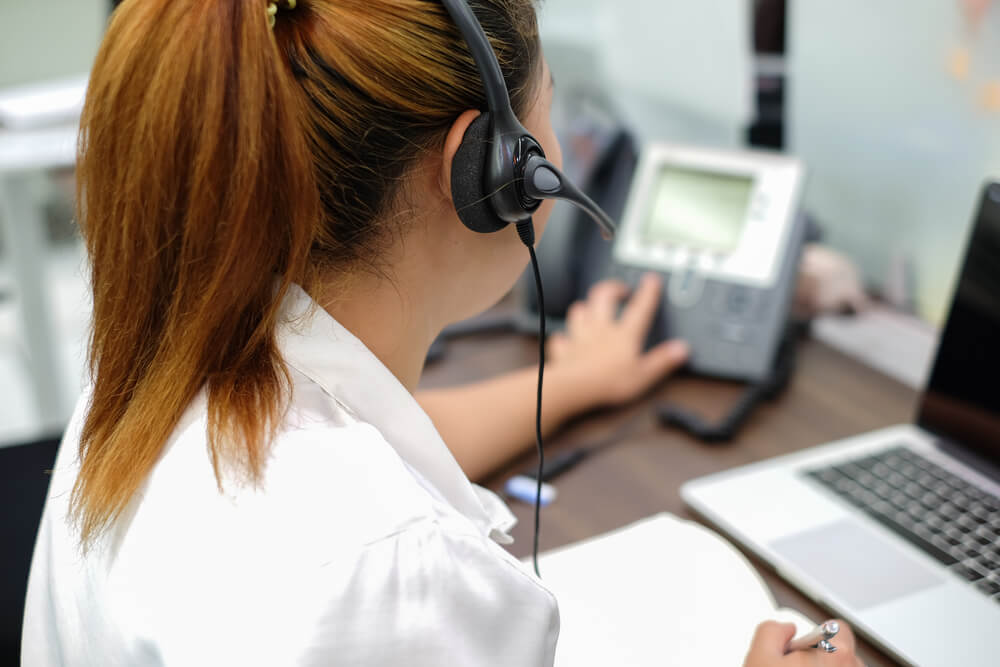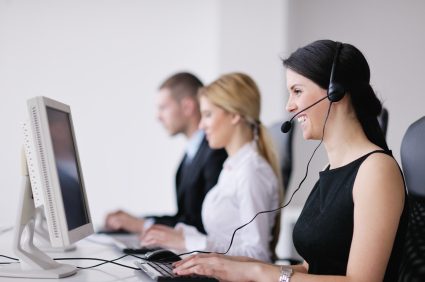All Categories
Featured
Table of Contents
When Best Time To Buy A Complete Guide For Using Automated Answering Systems
This gadget and its followers were designed by Sava Jacobson, an electrical engineer with a personal consulting organization. While early answering devices used magnetic tape innovation, most modern-day equipment uses strong state memory storage; some devices use a mix of both, with a solid-state circuit for the outbound message and a cassette for the incoming messages.
"toll saving" listed below) (professional phone answering service). This works if the owner is evaluating calls and does not wish to talk with all callers. In any case after going, the calling celebration should be informed about the call having actually been responded to (most of the times this starts the charging), either by some remark of the operator, or by some greeting message of the little, or resolved to non-human callers (e.
This holds especially for the TADs with digitally kept greeting messages or for earlier devices (before the rise of microcassettes) with a special unlimited loop tape, separate from a second cassette, dedicated to recording. There have actually been answer-only devices with no recording capabilities, where the greeting message needed to inform callers of a state of existing unattainability, or e (business call answering service).
The Best Automated Business Phone Answering System Service?

about availability hours. In recording Littles the welcoming generally contains an invitation to leave a message "after the beep". An answering maker that utilizes a microcassette to tape-record messages On a dual-cassette answerphone, there is an outgoing cassette, which after the specified number of rings plays a pre-recorded message to the caller.

Single-cassette answering makers include the outbound message at the beginning of the tape and inbound messages on the remaining area. They first play the announcement, then fast-forward to the next readily available area for recording, then record the caller's message. If there are numerous previous messages, fast-forwarding through them can cause a substantial delay.
This beep is typically described in the greeting message, requesting that the caller leave a message "after the beep". Little bits with digital storage for the taped messages do not show this hold-up, of course. A TAD may offer a remote control facility, whereby the answerphone owner can sound the house number and, by getting in a code on the remote telephone's keypad, can listen to tape-recorded messages, or delete them, even when away from home.
What Is The Best How Do Answering Services Work? For Me

Therefore the machine increases the variety of rings after which it addresses the call (normally by two, leading to four rings), if no unread messages are currently kept, however responses after the set variety of rings (typically 2) if there are unread messages. This enables the owner to discover whether there are messages waiting; if there are none, the owner can hang up the phone on the, e.
Some machines also enable themselves to be from another location triggered, if they have been switched off, by calling and letting the phone ring a specific a great deal of times (generally 10-15). Some company abandon calls already after a smaller variety of rings, making remote activation difficult. In the early days of TADs an unique transmitter for DTMF tones (dual-tone multi-frequency signalling) was regionally required for push-button control, considering that the formerly utilized pulse dialling is not apt to communicate proper signalling along an active connection, and the dual-tone multi-frequency signalling was implemented step-by-step.
Any incoming call is not identifiable with regard to these properties in advance of going "off hook" by the terminal equipment. So after going off hook the calls need to be changed to appropriate gadgets and just the voice-type is right away accessible to a human, but perhaps, nevertheless must be routed to a LITTLE (e.
What Is The Best What Is An Answering Service? The Ultimate Guide - Cms
What if I informed you that you do not have to really get your device when addressing a consumer call? Somebody else will. So convenient, best? Answering phone calls doesn't require someone to be on the other end of the line. Effective automated phone systems can do the trick just as efficiently as a live agent and sometimes even better.
An automated answering service or interactive voice reaction system is a phone system that interacts with callers without a live individual on the line - professional phone answering service. When business utilize this technology, customers can get the response to a concern about your organization simply by using interactions established on a pre-programmed call circulation.
Although live operators upgrade the customer support experience, many calls do not require human interaction. An easy documented message or guidelines on how a client can retrieve a piece of information typically solves a caller's immediate requirement - virtual telephone answering. Automated answering services are an easy and effective method to direct inbound calls to the best individual.
What Is The Best What Is An Answering Service? On The Market Now
Notification that when you call a business, either for assistance or product inquiry, the very first thing you will hear is a pre-recorded voice welcoming and a series of alternatives like press 1 for client service, press 2 for questions, and so on. The pre-recorded alternatives branch off to other choices depending on the customer's choice.
The phone tree system assists direct callers to the right individual or department utilizing the keypad on a mobile phone. In some instances, callers can use their voices. It deserves keeping in mind that auto-attendant options aren't restricted to the ten numbers on a phone's keypad. As soon as the caller has actually selected their very first choice, you can create a multi-level auto-attendant that uses sub-menus to direct the caller to the best type of help.
The caller does not need to interact with a person if the auto-attendant phone system can handle their concern. The automated service can route callers to a worker if they reach a "dead end" and require help from a live representative. It is costly to work with an operator or executive assistant.
What Is The Best Concierge Service
Automated answering services, on the other hand, are significantly less costly and provide considerable cost savings at an average of $200-$420/month. Even if you don't have actually devoted staff to handle call routing and management, an automatic answering service improves efficiency by permitting your team to concentrate on their strengths so they can more effectively spend their time on the phone.
A sales lead routed to client service is a lost shot. If a consumer who has product concerns reaches the incorrect department or gets insufficient answers from well-meaning workers who are less trained to deal with a particular kind of question, it can be a cause of frustration and dissatisfaction. An automated answering system can reduce the variety of misrouted calls, consequently helping your workers make better use of their phone time while maximizing time in their calendar for other jobs.
With Automated Answering Systems, you can create a customized experience for both your staff and your callers. Make a recording of your main welcoming, and just update it regularly to show what is going on in your organization. You can produce as lots of departments or menu options as you desire.
Latest Posts
Custom Phone Answering
Reliable Virtual Phone Answering Near Me
Sought-After Real Estate Answering Service – Melbourne 3008